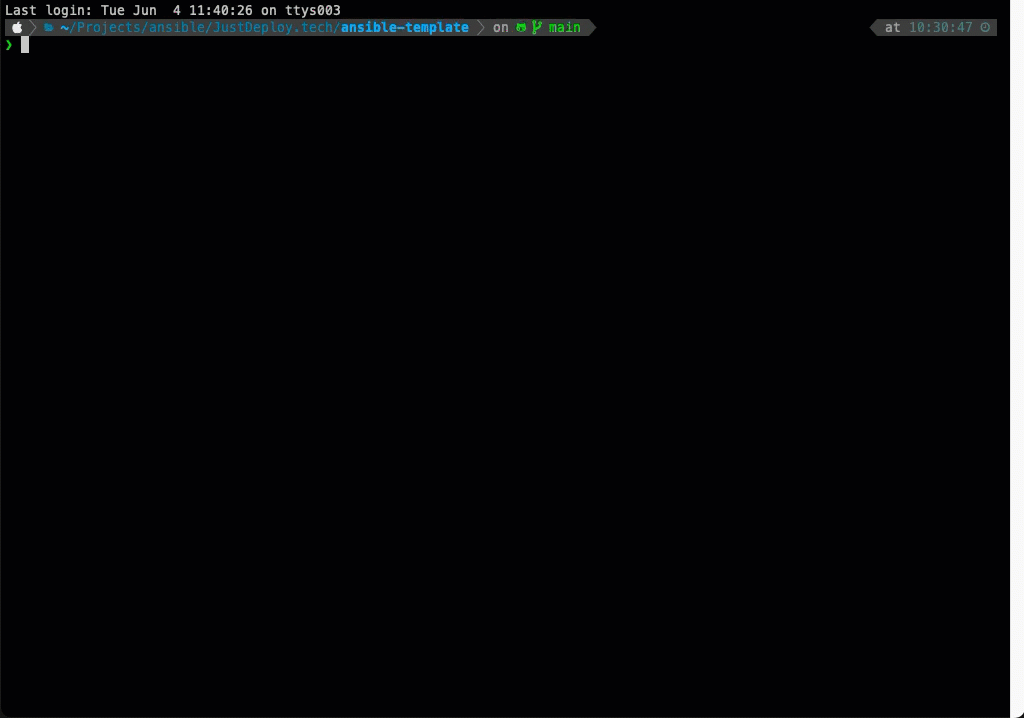Now that your server is configured, we’re ready to setup your application(s). Back in step 2 we configured the config.yml file, which contains the settings for your applications. Which means we’re nearly good to go.
Updating the inventory
If you created a new user in the previous step, you’ll need to update the inventory file with the new user’s username. For security reasons we always like to disable root login and run everything under a non-root user, so open up inventory for one last time and change the ansible_user value to the new user’s username. I.e.:
[vps:vars]
ansible_user=teddy
Memory
Apps need memory to run, and the amount of memory they need can vary. If you’re running a small app, you might be able to get away with a small server. If you’re running a large app, you might need a larger server.
Regardless of how big your apps are, running npm install for the first time is likely to need A LOT of memory. If you’re on a server with less than 1GB of memory, you might run into problems.
We’ve got you covered though 💪, we’ve setup a swap file for you. This is a file on your server that acts like extra memory. It’s slower than real memory, but it’s better than nothing, and for running npm install it’s usually enough.
If you’re on a server with less than 1GB of memory, head to to the swap section to learn more about how to set up a swap file.
Running your server task
In the previous section we’ve executed a playbook that configured our entire server for us, now it’s time to run the playbook that will setup our applications.
Options:
-
-i inventory: Specifies the inventory file containing the list of hosts on which the playbook tasks will be executed. -
--ask-pass: Prompts for the SSH password of the target host. This option is necessary when SSH key-based authentication is not used, allowing the user to manually enter the SSH password for connection. This is the password for the new user you’ve created
All together now:
Open up your terminal and from within the justdeploy-ansible directory execute:
ansible-playbook -i inventory 02.application_setup.yml
This command runs the 02.application_setup.yml playbook, which contains the tasks to setup your applications. The --ask-pass option is used to prompt for the SSH password of the target host.

What’s Next?
Your apps are up and running 🚀! You can check them out and see that everything is working as expected.